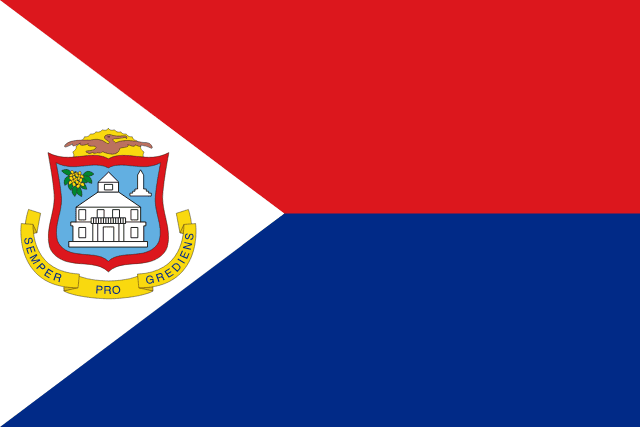Country Information
| Sovereign State | No (British Overseas Territory) |
| Country Codes | AI, AIA, 660 |
| Official Name | Anguilla |
| Continent | North America |
| Capital | The Valley |
| Government Type | British Overseas Territory |
| Currency | Eastern Caribbean Dollar (XCD) |
| Calling Code | +1-264 |
| Member Of | Associated with the United Kingdom, CARICOM (associate member) |
| Population | Approx. 15,000 (as of 2023) |
| Total Area | 91 square kilometers |
| Highest Point | Crocus Hill (65 meters or 213 feet) |
| Lowest Point | Caribbean Sea (0 meters or 0 feet) |
| GDP Per Capita | Approx. $12,200 (as of 2023) |
| Life Expectancy | Approx. 81 years (as of 2023) |
| Internet TLD | .ai |
Anguillan National Anthem
God Bless Anguilla
God bless Anguilla
Nurture and keep her
Noble and beauteous
She stands midst the sea
Oh land of the happy
A haven we’ll make thee
Our lives and love
We give unto thee
Flags of Neighboring Countries


History of the Anguillan Flag
The flag of Anguilla, a British Overseas Territory, is a symbol of its colonial history and local identity. The current flag was adopted on May 30, 1990, though the territory’s flag history reflects its complex relationship with colonial powers and the quest for self-identification.
The flag is a Blue Ensign design, featuring the Union Jack in the canton and Anguilla’s coat of arms on the fly side. The coat of arms includes three orange dolphins in a circular formation on a white background with blue waves, symbolizing strength, wisdom, and the sea that surrounds the island. The dolphins also represent endurance, unity, and continuity within the community.
Before 1990, Anguilla’s flag underwent several changes, often in tandem with its political status. The island’s initial reluctance to join the Associated State of Saint Kitts, Nevis, and Anguilla under British rule in 1967 led to the creation of an unofficial flag, which featured a mermaid and three fish on a blue field. This was a powerful symbol of the island’s resistance to the unwanted union.
The adoption of the current flag in 1990 signified a period of political stability and acceptance of Anguilla’s status as a British Overseas Territory. The presence of the Union Jack represents the island’s ties to the United Kingdom, while the unique coat of arms reflects Anguilla’s distinct cultural and geographical identity. Over the years, the flag of Anguilla has come to symbolize the island’s resilience, its unique heritage, and its aspirations for the future while maintaining its connection with the British Commonwealth.

